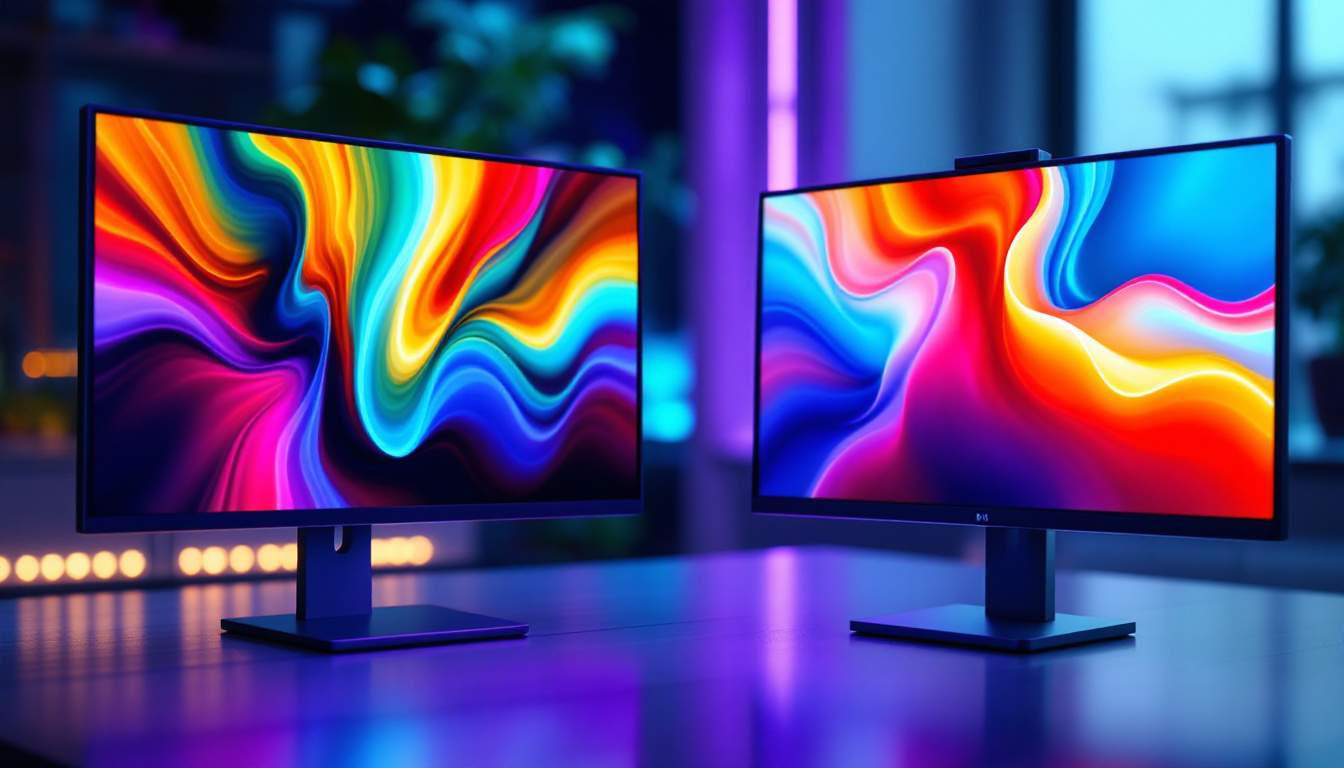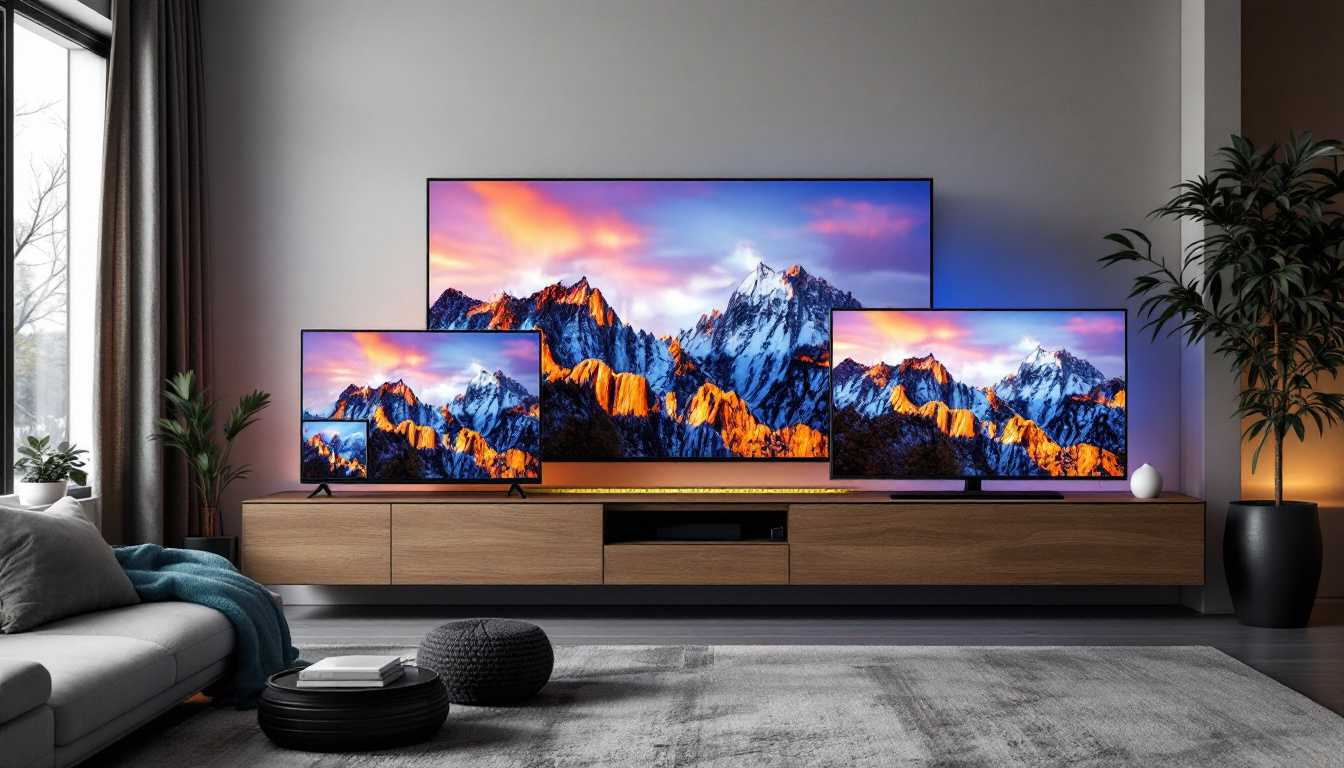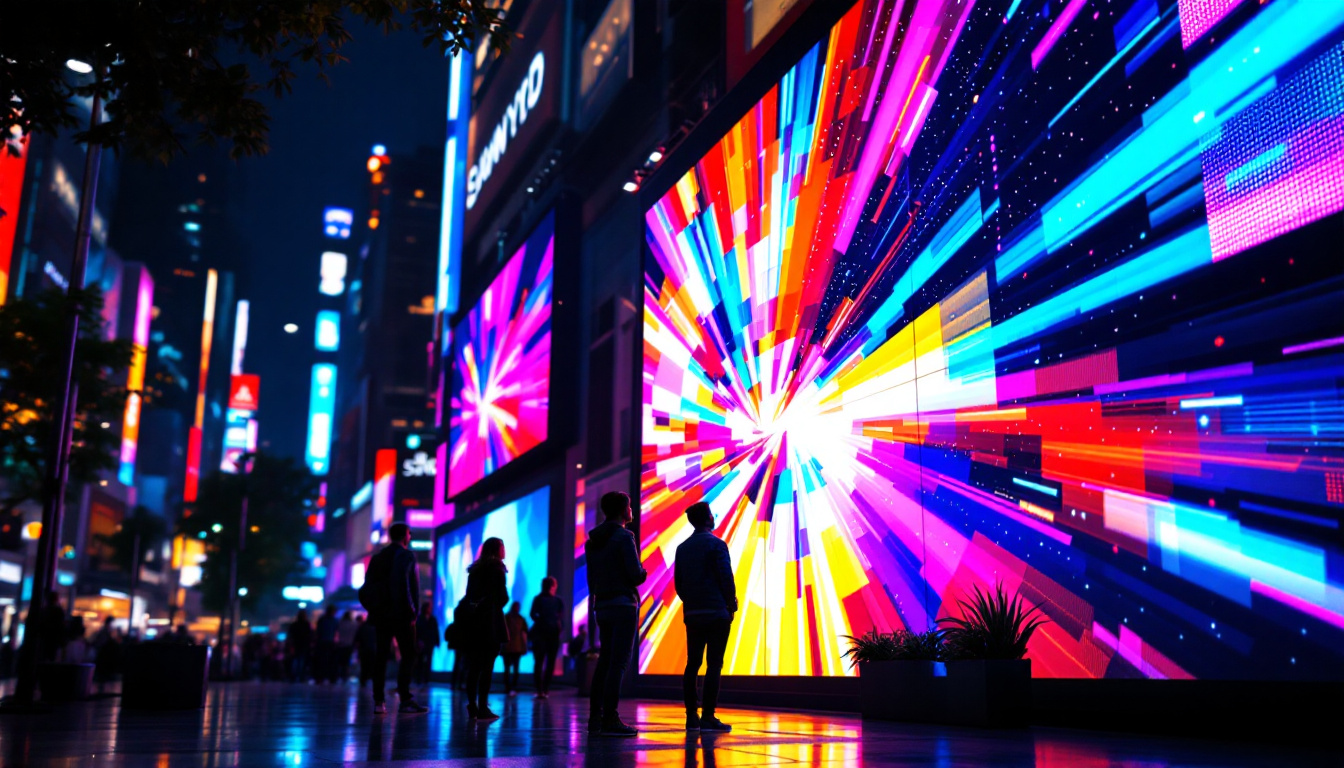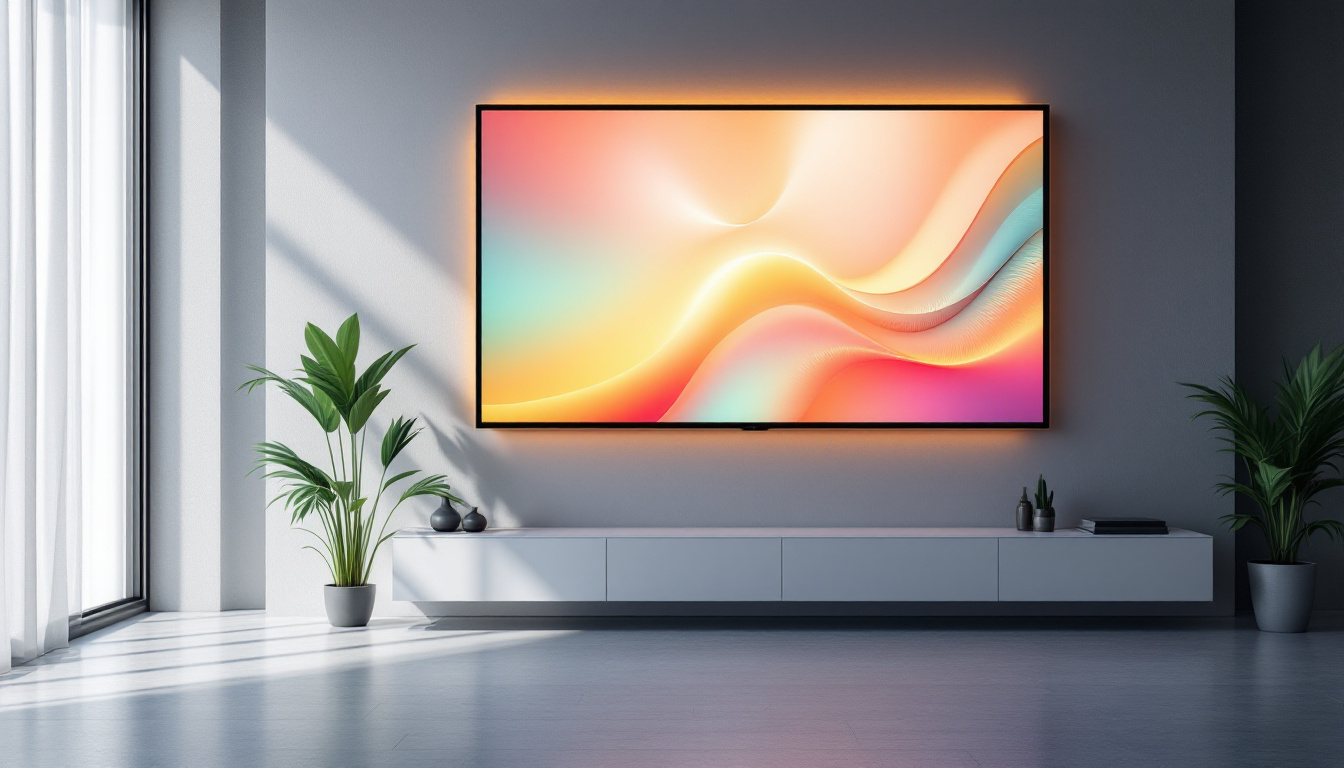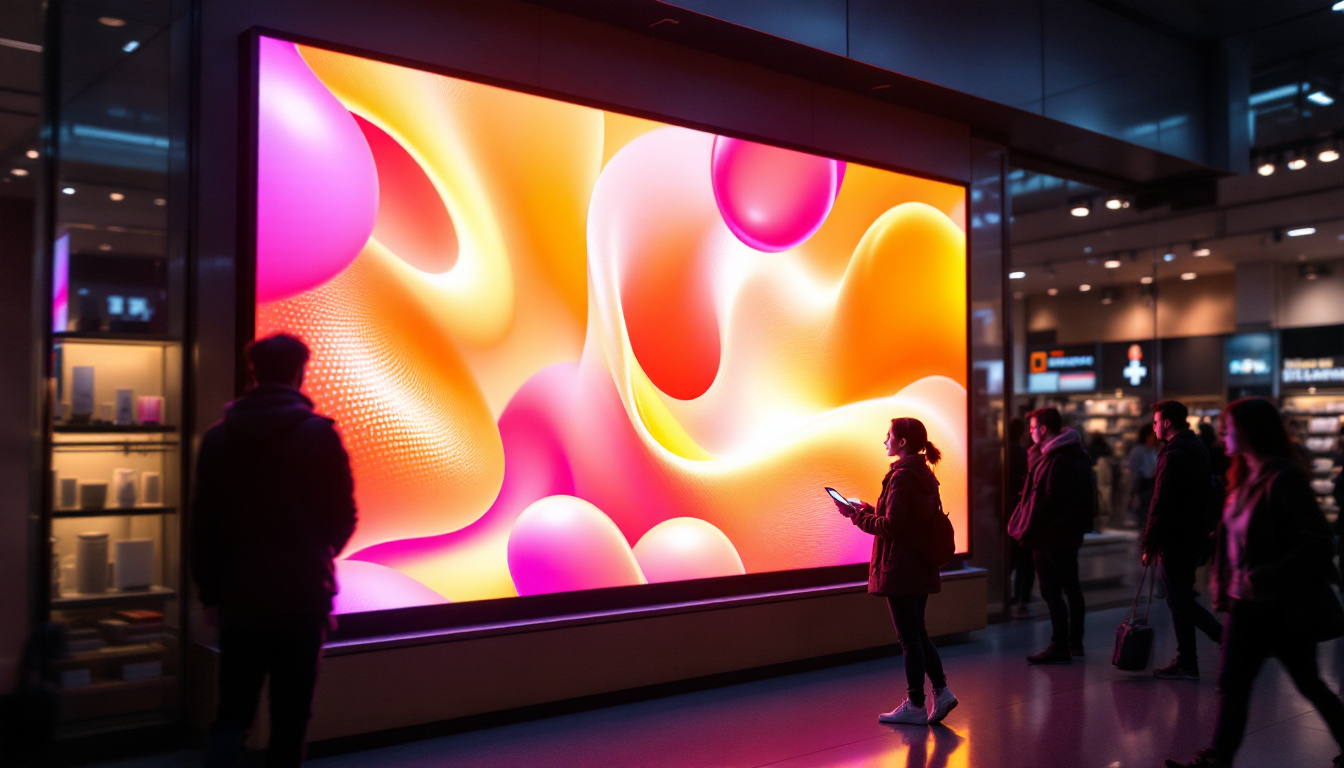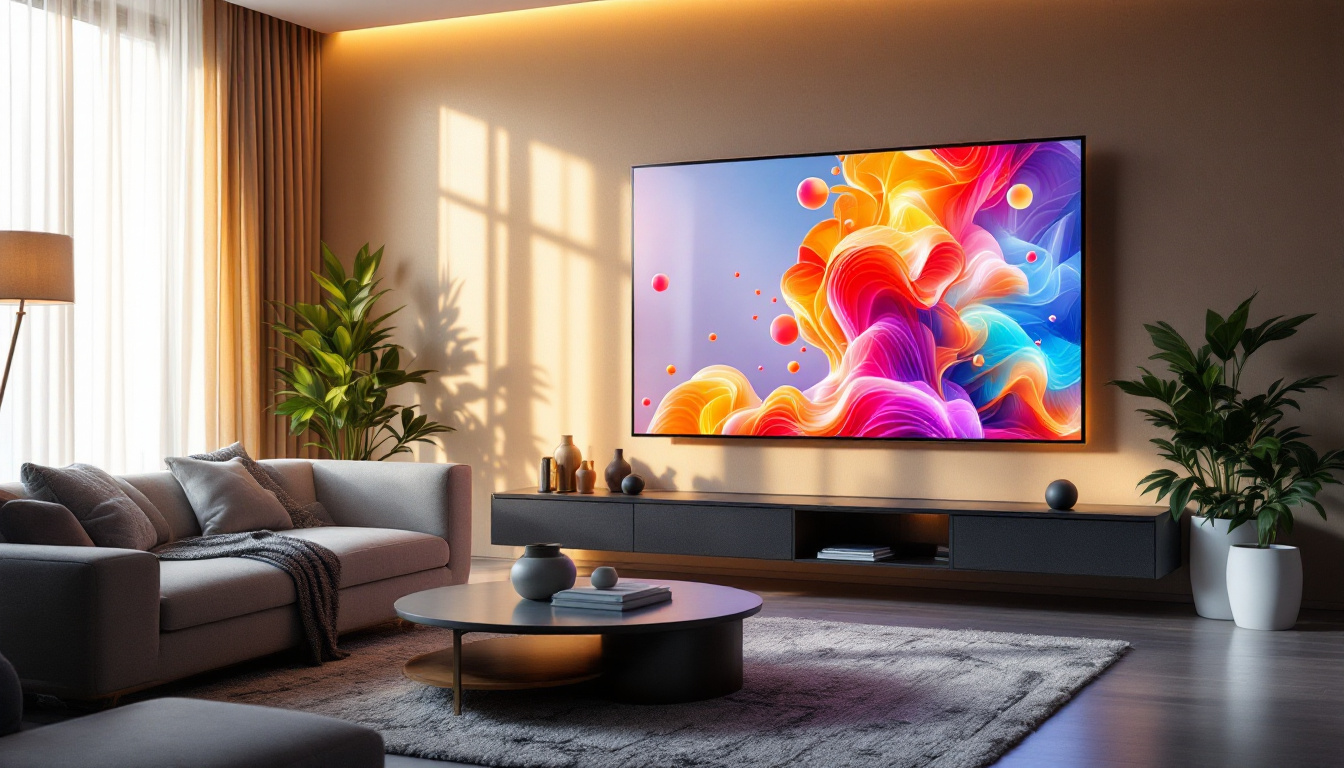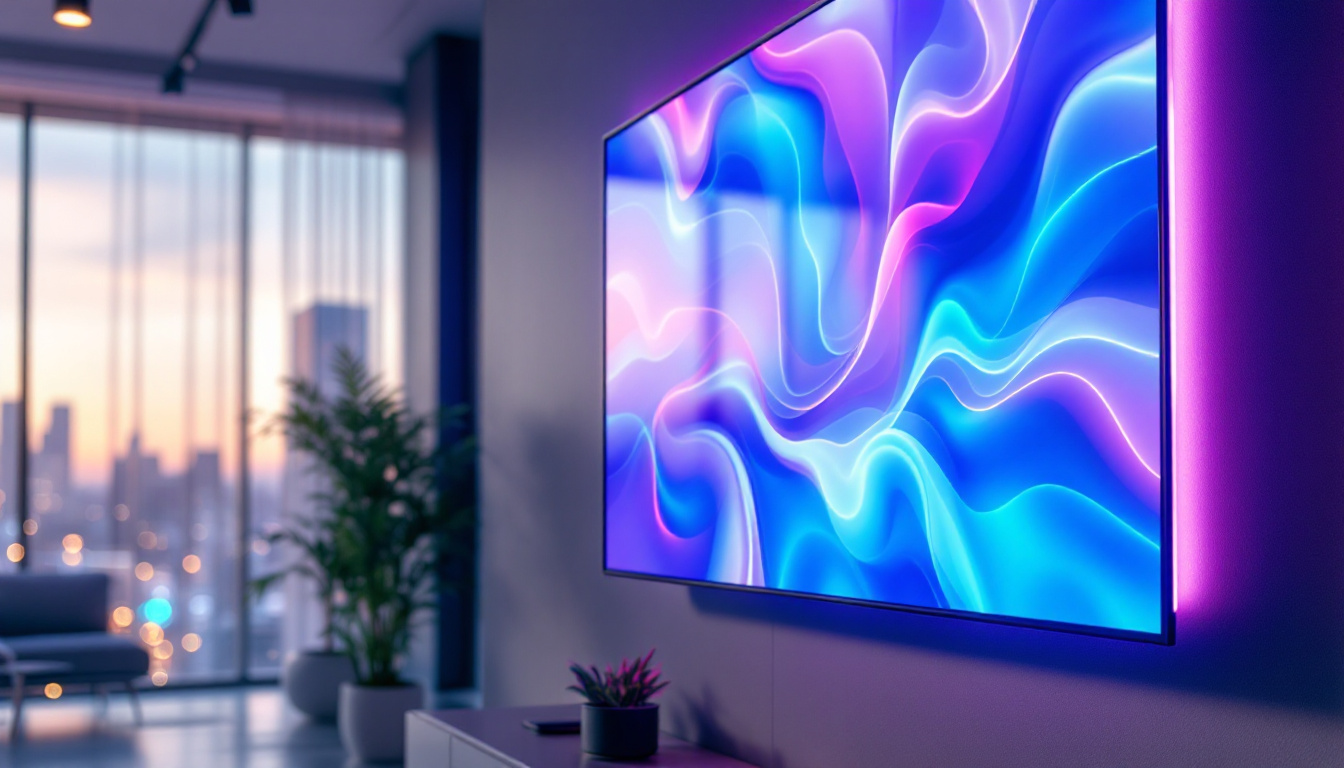In the realm of modern technology, displays have become an essential part of our daily lives. From smartphones to large television screens, the choice between LCD and LED displays often arises. While both technologies serve the same purpose, they operate differently and offer distinct advantages and disadvantages. This article aims to clarify the differences between LCD and LED displays, focusing particularly on LED technology.
Understanding LCD Technology
Liquid Crystal Display (LCD) technology has been a staple in the display industry for decades. It utilizes liquid crystals sandwiched between two layers of glass or plastic, which manipulate light to create images. The backlight, typically fluorescent, illuminates the liquid crystals, allowing for the display of vibrant colors and sharp images. Over the years, advancements in LCD technology have led to various improvements, including enhancements in color reproduction and energy efficiency. As a result, LCDs are not only found in televisions and computer monitors but have also become integral to smartphones, tablets, and other portable devices.
How LCD Works
The fundamental principle of LCD technology lies in its ability to control light. When an electric current passes through the liquid crystals, they align to block or allow light to pass through. This process creates the images seen on the screen. The quality of the display largely depends on the type of backlighting used, which can significantly affect brightness and color accuracy. Modern LCDs often employ LED backlighting, which offers improved energy efficiency and a wider color gamut compared to traditional fluorescent backlights. This shift has allowed manufacturers to create thinner displays while enhancing overall image quality, making LCD technology more versatile and appealing to consumers.
Advantages of LCD Displays
LCD displays are known for their thin profile and lightweight design, making them ideal for portable devices. They consume less power compared to older technologies, such as CRT (Cathode Ray Tube) displays, which contributes to their popularity in laptops and mobile devices. Additionally, LCD screens are less prone to screen burn-in, a common issue with older display technologies. Their durability and resistance to environmental factors, such as humidity and temperature fluctuations, further enhance their appeal for use in various settings, from homes to offices and even outdoor displays. Moreover, advancements in technology have led to the development of high-definition (HD) and ultra-high-definition (UHD) LCDs, which provide even sharper images and more detailed visuals, catering to the demands of gamers and movie enthusiasts alike.
Limitations of LCD Displays
Despite their advantages, LCD displays have some drawbacks. One of the most significant limitations is their contrast ratio, which can be lower than that of LED displays. This can result in less vibrant colors and a less immersive viewing experience, especially in darker environments. Furthermore, the viewing angles can be restricted, leading to color distortion when viewed from the side. This limitation is particularly noticeable in larger screens, where multiple viewers may not experience the same quality of image. Additionally, while LCD technology has made strides in reducing response times, fast-moving images can still result in motion blur, which can be a concern for gamers and those watching action-packed films. As technology continues to evolve, manufacturers are exploring new methods to overcome these limitations, including the integration of quantum dot technology and advancements in OLED displays, which promise to deliver even better performance and viewing experiences.
Introducing LED Technology
Light Emitting Diode (LED) displays are often considered an evolution of LCD technology. While they still rely on liquid crystals to create images, they utilize LED lights as a backlight instead of traditional fluorescent lights. This change significantly enhances the overall performance of the display, providing not only a brighter image but also improved color accuracy and energy efficiency. As a result, LED technology has become the standard for modern televisions, computer monitors, and mobile devices.
How LED Displays Work
LED displays function similarly to LCDs but with a crucial difference: the backlighting. In an LED display, tiny diodes emit light, providing a more efficient and brighter source of illumination. There are two primary types of LED displays: edge-lit and full-array. Edge-lit LED displays have LEDs positioned around the edges of the screen, while full-array displays feature a grid of LEDs behind the entire screen, allowing for better control over local dimming and contrast. This local dimming capability is particularly beneficial for enhancing the viewing experience during scenes with high dynamic range, as it allows for greater differentiation between light and dark areas of the image.
Advantages of LED Displays
One of the most significant advantages of LED displays is their superior brightness and contrast. Because LEDs can be turned on and off independently, they can achieve deeper blacks and brighter whites, resulting in a more dynamic image. This capability makes LED displays particularly appealing for watching movies or playing video games in low-light environments. Moreover, the color reproduction on LED displays is often more vibrant, making them ideal for graphic design and photography work where accurate color representation is crucial.
Additionally, LED displays are generally more energy-efficient than traditional LCDs, leading to lower electricity costs over time. They also tend to have longer lifespans, making them a more durable choice for consumers. Many LED displays come equipped with smart technology, allowing for internet connectivity and access to streaming services, which further enhances their appeal in today’s digital age. The integration of features such as voice control and compatibility with smart home systems also positions LED displays as a versatile component of modern entertainment setups.
Limitations of LED Displays
While LED displays offer numerous benefits, they are not without their limitations. One concern is the potential for uneven backlighting, especially in edge-lit models. This can lead to “light bleed” or halo effects around bright objects on dark backgrounds. Furthermore, LED displays can be more expensive than their LCD counterparts, which may deter budget-conscious consumers. Additionally, while LED technology has made significant strides in recent years, some purists argue that OLED displays, which use organic compounds to emit light, still provide superior color depth and viewing angles, particularly in high-end models.
Another limitation to consider is the potential for image retention or burn-in, particularly with static images displayed for prolonged periods. This phenomenon can be more pronounced in certain types of LED displays, especially those that utilize aggressive brightness settings. As a result, users may need to be cautious about displaying static content, such as logos or user interface elements, for extended durations. Despite these challenges, ongoing advancements in LED technology continue to address these issues, making them a popular choice for a wide range of applications.
Comparing LCD and LED Displays
When comparing LCD and LED displays, it’s essential to consider various factors, including image quality, energy efficiency, and cost. While both technologies have their merits, the choice ultimately depends on the user’s specific needs and preferences.
Image Quality
In terms of image quality, LED displays generally outperform LCDs due to their superior contrast ratios and brightness levels. This difference is particularly noticeable in darker scenes, where LED displays can deliver a more immersive viewing experience. However, high-end LCDs can still provide excellent image quality, especially those utilizing advanced technologies like IPS (In-Plane Switching) panels.
Energy Efficiency
Energy efficiency is another critical factor in the LCD vs. LED debate. LED displays are typically more energy-efficient than traditional LCDs, which can lead to significant savings over time. This efficiency is especially important for consumers who use their displays for extended periods or in multiple devices.
Cost Considerations
Cost is often a deciding factor for consumers. Generally, LED displays are more expensive than standard LCDs, but the price gap has been narrowing as technology advances. When considering a purchase, it’s essential to weigh the initial investment against the long-term benefits, such as energy savings and potential longevity.
Applications of LCD and LED Displays
Both LCD and LED displays find applications across various industries and devices. Understanding where each technology excels can help consumers make informed decisions.
Consumer Electronics
In consumer electronics, LCD displays are prevalent in smartphones, tablets, and laptops. They offer a good balance of performance and cost, making them suitable for everyday use. On the other hand, LED displays are increasingly becoming the standard for televisions and high-end monitors, providing superior image quality for media consumption and gaming.
Commercial Use
In commercial settings, LED displays are often preferred for digital signage and advertising due to their brightness and visibility in well-lit environments. The vibrant colors and sharp images can attract attention, making them ideal for marketing purposes. Conversely, LCDs may still be used in office environments for computer monitors, where cost-effectiveness and adequate performance are prioritized.
Specialized Applications
Both technologies have specialized applications as well. For instance, LCDs are commonly used in medical imaging and instrumentation due to their precise color reproduction. LED displays, however, are favored in outdoor environments and large venues, where brightness and visibility are crucial.
Future Trends in Display Technology
The display technology landscape is continually evolving, with advancements promising to enhance both LCD and LED technologies. Emerging trends indicate a shift towards OLED (Organic Light Emitting Diode) displays, which offer even better contrast ratios and color accuracy. However, understanding the current technologies remains essential for making informed purchasing decisions.
Advancements in LED Technology
Future advancements in LED technology may include improvements in energy efficiency and brightness. Researchers are exploring new materials and designs to enhance the performance of LEDs, potentially leading to even thinner and lighter displays. Additionally, the integration of smart technology into displays is becoming more prevalent, allowing for improved interactivity and user experience.
Hybrid Technologies
Hybrid technologies that combine the strengths of both LCD and LED displays are also on the rise. These innovations aim to leverage the benefits of both technologies while minimizing their limitations. For example, some manufacturers are developing LCDs with LED backlighting that can achieve higher contrast ratios and improved energy efficiency.
Consumer Awareness and Education
As technology continues to advance, consumer awareness and education will play a crucial role in the adoption of new display technologies. Understanding the differences between LCD and LED displays, as well as their respective advantages and disadvantages, will empower consumers to make informed choices that best suit their needs.
Conclusion
In the ongoing debate of LCD vs. LED displays, both technologies have their unique strengths and weaknesses. While LCD displays have been a reliable choice for many years, LED technology offers significant advantages in terms of brightness, contrast, and energy efficiency. As consumers navigate their options, understanding the nuances of each technology will be essential in making informed decisions.
Ultimately, the choice between LCD and LED displays will depend on individual preferences, budget considerations, and intended applications. With the rapid pace of technological advancement, staying informed about the latest developments in display technology will ensure that consumers can enjoy the best possible viewing experience.
Explore Cutting-Edge LED Display Solutions
As you consider the benefits of LED displays for your unique needs, we invite you to experience the innovation and quality that LumenMatrix offers. Our extensive range of LED display solutions, from Indoor and Outdoor LED Walls to specialized Vehicle and Sports Displays, is designed to captivate and engage your audience. Embrace the future of visual communication with our Custom, All-in-One, and Transparent LED Displays that set the standard for clarity and impact. Check out LumenMatrix LED Display Solutions today and transform your space with vibrant, energy-efficient technology.

